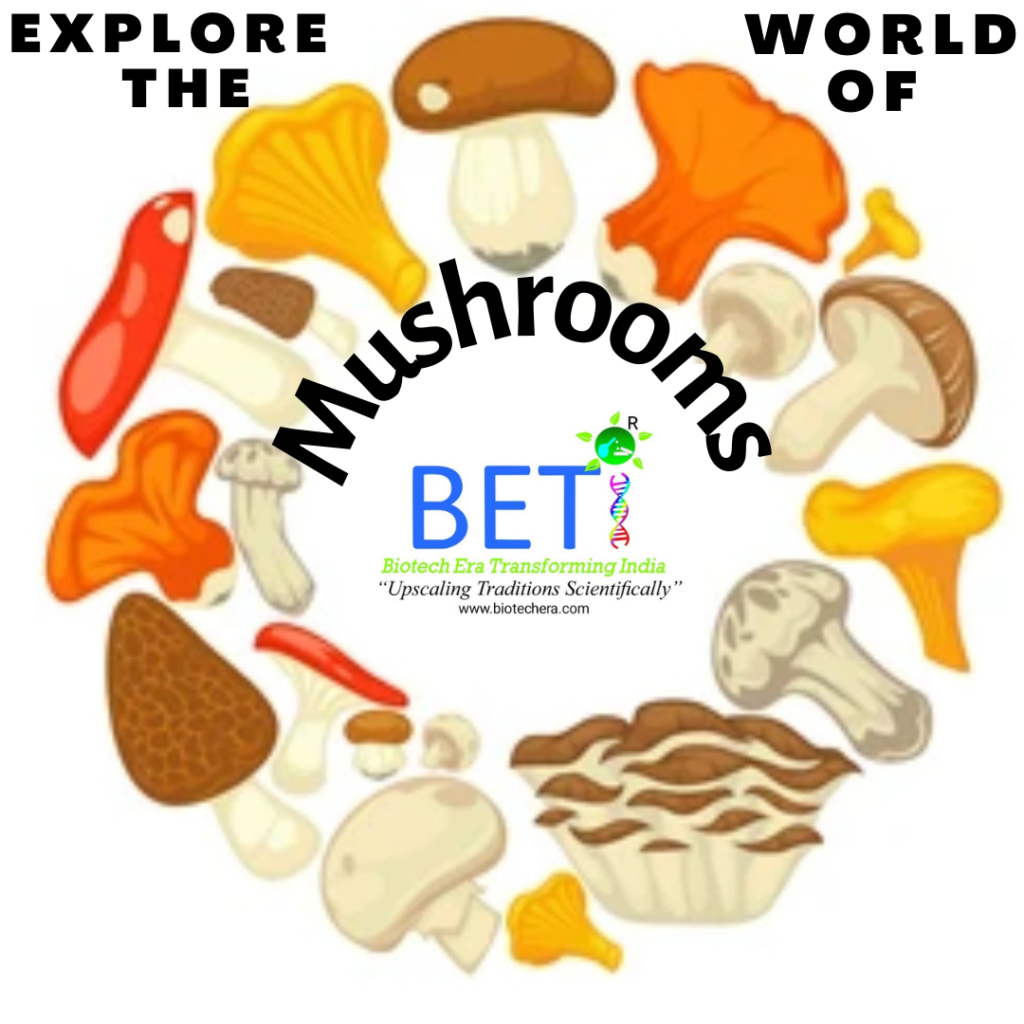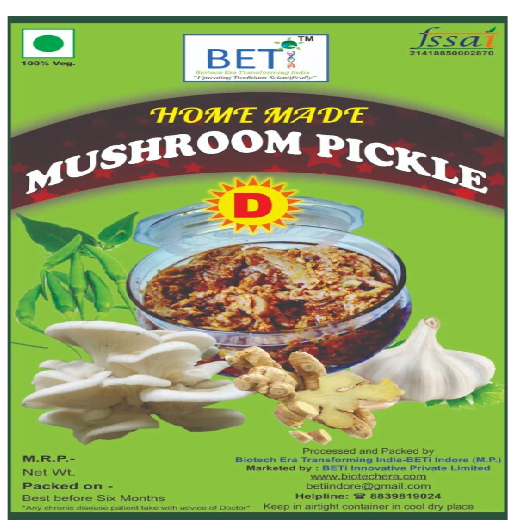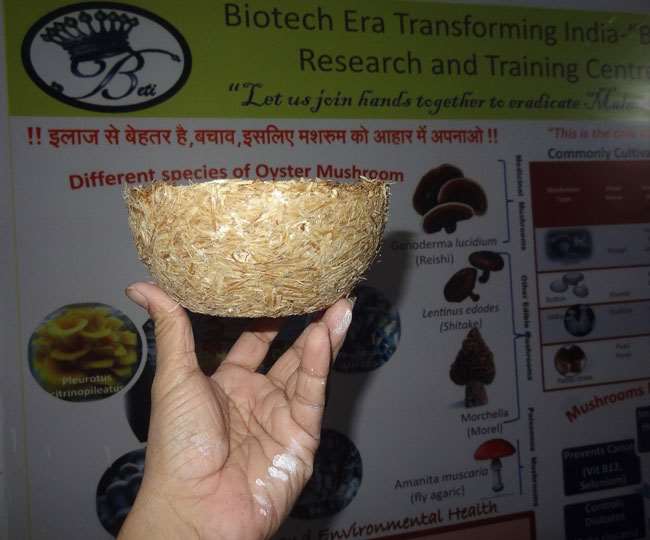Unlocking the Beauty Secrets: The Skincare Benefits of Mushrooms
Natural ingredients are gradually becoming more well-known in the field of skin care as a result of the various benefits they offer. Mushrooms are one of them that has recently attracted awareness. Since true beauty comes from the inside out, our diet is very important in nourishing our skin. Regular consumption of mushrooms may have a number of benefits for your skin, even though we normally consider them to be food. Oyster mushrooms being a nutritional dynamo are packed with vital minerals, vitamins, and antioxidants. They are great sources of B vitamins like pantothenic acid, riboflavin, and niacin, which are essential for keeping good skin. These vitamins support skin cell renewal, control sebum production, and enhance the overall texture as well as the appearance of the skin. Psoriasis, acne, and eczema are just a few of the skin problems that can all be traced back to inflammation as the primary factor in their development. Including oyster mushrooms in your diet can help you battle inflammation because of their natural anti-inflammatory effects. Beta-glucans and polysaccharides found in some species of oysters, shiitake, and maitake mushrooms, have been demonstrated to reduce skin inflammation and soothe sensitive skin. Mushrooms contain antioxidants that can provide strong protection against environmental degradation and oxidative stress, two primary causes of premature aging. Shiitake mushrooms are highly valued for their capacity to reduce the look of acne scars and photodamage, their skin healing characteristics increase skin suppleness, promote quicker skin renewal, and strengthen skin barriers. A naturally occurring amino acid and potent antioxidant, ergothioneine is present in several fungi, such as oyster mushrooms. It has been linked to protecting the skin from harmful UV radiation which is known to harm skin and raise the chance of developing skin cancer and lowering the signs of aging, like fine lines and wrinkles. Ergothioneine’s antioxidant qualities may help to support the skin’s natural barrier function. Skin health depends on a robust and undamaged skin barrier because it aids in retaining moisture, preventing water loss, and providing protection from external irritants. Antioxidants can encourage a more uniform skin tone and assist in minimizing the appearance of dark patches or hyperpigmentation. You may strengthen your skin’s defenses and encourage a youthful, beautiful complexion by incorporating oyster mushrooms into your diet. The essential protein collagen is responsible for maintaining the firmness and elasticity of the skin. As you get older, the production of collagen is going to decrease and wrinkles and saggy skin will occur. Luckily, mushrooms contain copper which is an essential mineral that contributes to the formation of collagen. By frequently eating mushrooms, you may encourage collagen production and firmer, younger-looking skin. Maintaining healthy skin requires proper moisture. Glucosamine, a substance also present in certain skincare products, is a component of oyster mushrooms. According to certain theories, glucosamine may have anti-aging properties and encourage skin hydration. Even white button mushrooms in particular are high in water content, making them a hydrating addition to your diet. Adequate hydration helps to plump the skin, diminishing the appearance of fine lines and wrinkles and fostering a luminous, supple complexion. Mushrooms are a useful tool in the search for healthy and bright skin, from the depths of the forest to our beauty regimens. They provide a wide range of characteristics that support healthier, more vibrant skin, from nourishing and moisturizing the skin to their anti-aging effects. Their diverse nutrient profile, which includes vitamins, minerals, antioxidants, and polysaccharides, improves the skin’s health in many ways, including by promoting collagen formation, hydration, and resistance to environmental toxins. The mushrooms also help to soothe and calm inflammation, which makes them good for sensitive or irritated skin. We can discover nature’s secret treasures and enjoy the regenerating effects on our skin by including mushrooms in our meals. Discover the beauty secrets held by mushrooms and use their power to reveal a more radiant and vibrant complexion. So, the next time you’re making meal plans, think about including BETi Mushrooms to reap their internal skin-nourishing benefits and unlock their potential for skin care. Edited by- Dr.Pooja Dubey Pandey (M.Sc. Ph.D. Biotechnology) Founder Director, BETi Innovative Pvt. Ltd.
Unlocking the Beauty Secrets: The Skincare Benefits of Mushrooms Read More »










